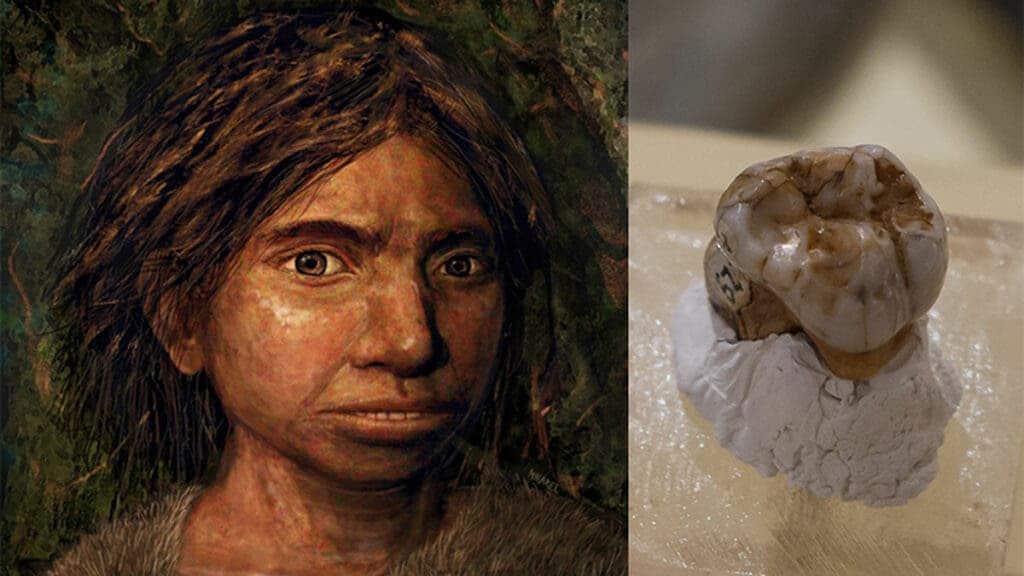A young girl’s tooth at least 130,000 years old found in a cave wall in northeastern Laos could help researchers unlock more information about a mysterious extinct human species, according to a new study. The researchers believe the tooth shows that the Denisovans, a cousin of Neanderthals, lived in the warm tropics of southeast Asia.

The tooth is among the few physical remains known of Denisovans. In 2010, the tip of a finger bone and three molars about 40,000 years old were found in a cave in the Altai Mountains of Siberia. A few years later researchers also found a partial Denisovan jawbone from 160,000 years ago in a cave.
“This demonstrates that the Denisovans were likely present also in southern Asia. And it supports the results of geneticists who say that modern humans and the Denisovans might have met in Southeast Asia,” study author Clément Zanolli, a researcher from the University of Bordeaux, told CNN. “Teeth are like the black box of an individual.”
Looking into the Denisovans
The researchers found the tooth in a place known as Cobra Cave, about 260 kilometers (160 miles) north of Laos’ capital, Vientiane, where excavations started in 2018. They estimate the molar is between 131,000 and 164,000 years old, based on the age of the rock overlying the fossil, the dating of animal bones, and analysis of cave sediment.
As DNA wasn’t likely preserved in the molar due to the cave’s humid conditions, the team compared the dips and ridges on the tooth with other fossilized teeth that belonged to early humans. They found it didn’t match the teeth of Homo sapiens or Homo erectus, the hominid that was the first to walk in an upright manner and whose remains are commonly found in Asia.
The researchers studied the tooth’s interior through different methods, such as 3D X-ray reconstruction and protein analysis. This showed that the tooth’s internal structure was very similar to the previously found Denisovan teeth. While it had common features with Neanderthals, they dismissed this as no Neanderthal traces have been found so far east.
“This is the first time that a Denisovan has been found in a warm region,” lead author Fabrice Demeter of the University of Copenhagen, said in a statement. “It means that they were adapted to opposite environments, from cold and high altitude to warm and low altitude regions. In this regard, they were like us, modern humans.”
Denisovan DNA exists in some humans today, the researchers explained, as Homo sapiens interbred with the Denisovans. This mix is supposed to have happened over 50,000 years ago, as modern humans moved from Africa and encountered both Neanderthal and Denisovans.
For the team, their work doesn’t end here. They will continue excavating the site after a break due to the pandemic, hoping to find more discoveries of ancient humans that lived in the area. They also don’t rule out finding ancient DNA from the tooth, which would give a more definitive answer to the presence of Denisovans in the area.
The study was published in the journal Nature.






